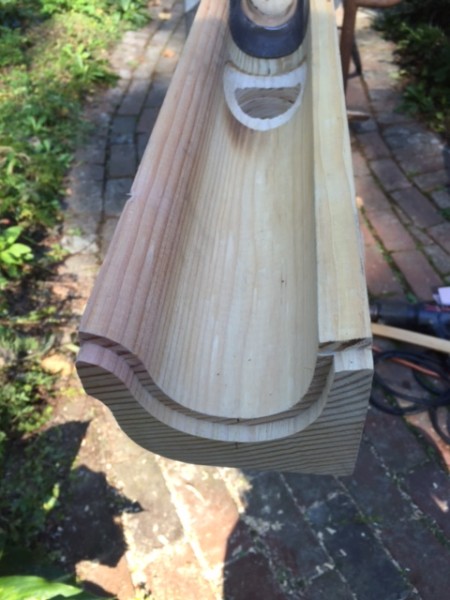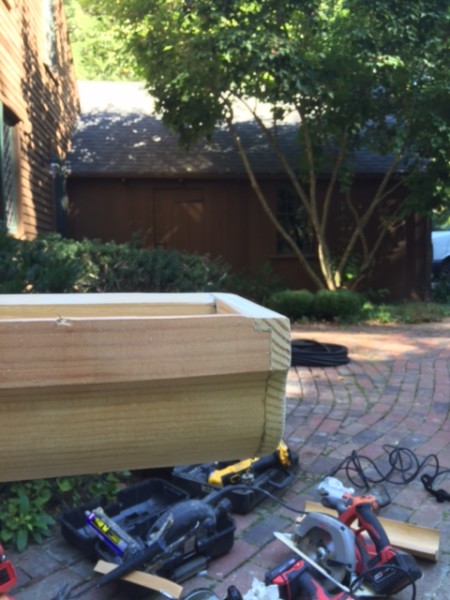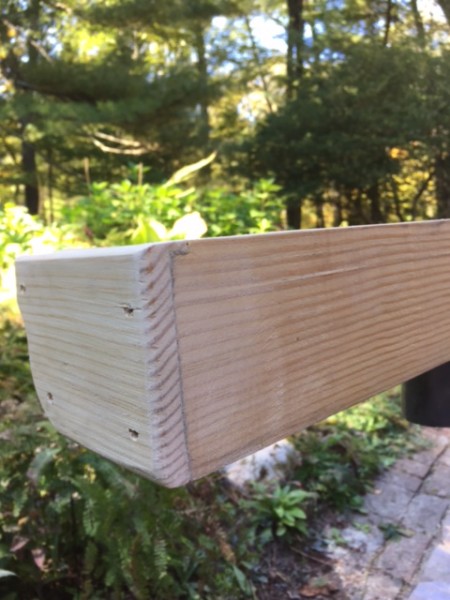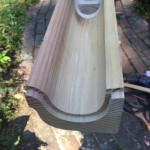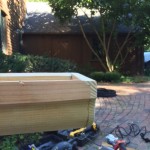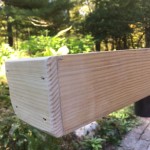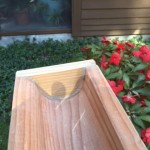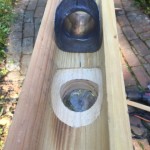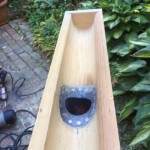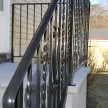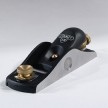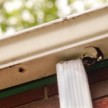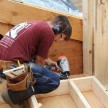Maintaining Wood Gutters
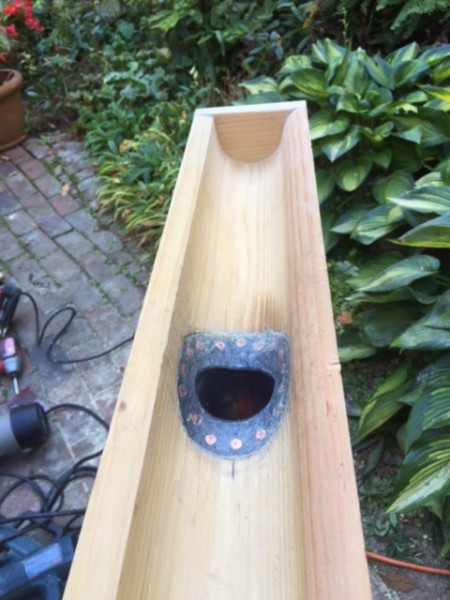 Maintaining Wood Gutter Tips
Maintaining Wood Gutter Tips
Wood gutters have gone by the wayside with the invention and availability of pvc and aluminum gutters. People these days are so quick to go the “no or low maintenance” route.
In my neck of the woods there are still a lot of historic and colonial homes that still have wood gutters. Many of these gutters are over 100 years old, and offer architectural detail as well as integrate into the surrounding cornice of the building.
Wood gutters add beauty and functionality to a home’s exterior, mostly noted for its molded face, a wood gutter becomes the crown molding of the building’s cornice. I’ve seen some well-maintained wood gutters over a hundred years old and rotted 10-year old gutters. Maintenance and proper care is key!
This article will address Maintaining Wood Gutters and Repairs.
Wood Gutter Species
Many of the gutters I see are made from Fir but I’ve also seen Cedar as well. Various types of wood are used for gutters and some are better than others. Cypress, Redwood, Cedar are examples of superior wood species due to their insect and rot resistance. They are great choices but may be difficult to source.
The type of wood used can sometimes be a factor in how the wood gutters will last. Clean the leaves out twice a year. Then, wash out any dirt and roof granules that have collected into a muddy sludge in the bottom of the gutter.
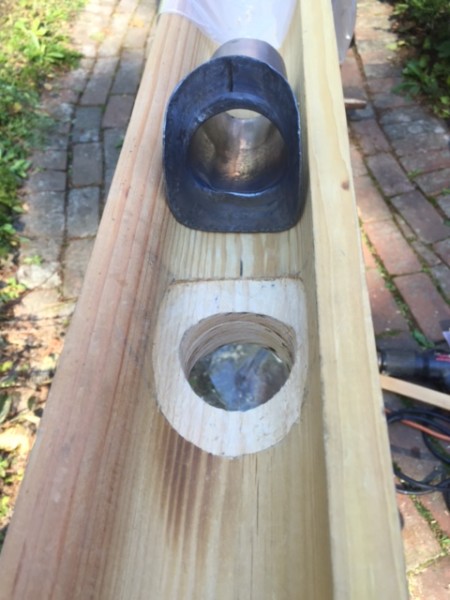
Chiseling in a lead downspout outlet
Paint
Wood gutters that are not painted or sealed will crack and quickly rot. Make sure to seal the outside, all sides, of your gutters when installed and re-paint once every other year with a high quality paint or sealer. This should be done annually or better yet bi –annually.
Keep Your Gutters Oiled
Like the outside, the inside of the gutters must be sealed yearly with a non-drying oil, to keep them from drying out and becoming cracked. I use shingle oil, or lightweight motor oil. Clean the gutter first, then use a stiff brush and apply the oil liberally to all bare wood, allow it to soak into the wood fibers.
Keep Gutters Clean
The largest part of maintaining gutters is keeping them clean. Gutters full of wet leaves will not work properly, saturate into the woody and will eventually rot. Clean your wooden gutters every 6 months or as needed, especially if you live under pine trees. Keep the gutter draining properly and downspouts clear of debris as well.
Proper Pitch
The key to longevity of a wood gutter is proper pitch. Gutters improperly pitched or that allow standing water will rot. The minimum pitch should be1/4″ for every 10-feet. Increasing the pitch, within reason, increases drainage and the leaf and debris cleaning ability of the gutter.
Locate Downspouts Correctly
Downspout location is important and should not be arbitrary. Most contractors install downspouts at the house corner boards. On long gutter runs, a downspout should be placed wherever they collect 1/3 of its volume of water.
End Caps and Outlet Pipes
Inspect all joints and end caps, usually gutters leak at the corners or at joints, where two separate pieces of gutter are attached together. Many gutters utilize lead flashing at the end caps, as well as in all splice [joint] locations and at the outlet pipes.
When two pieces of gutter are jointed together we usually cut a splice joint and then relieve the wood 1-inch, one each side of the joint. This is done by chiseling out a section for the lead to be recessed and make a waterproof seam. Many contractors use tar to seal the lead seam, I’ve seen silicone and poly butyl caulking used as well.
Ensure that the lead flashing is secure and sealed. Lead flashing at joints should be recessed, and sealed and not cause water to dam up. Make sure to use copper, galvanized or stainless steel fasteners.



